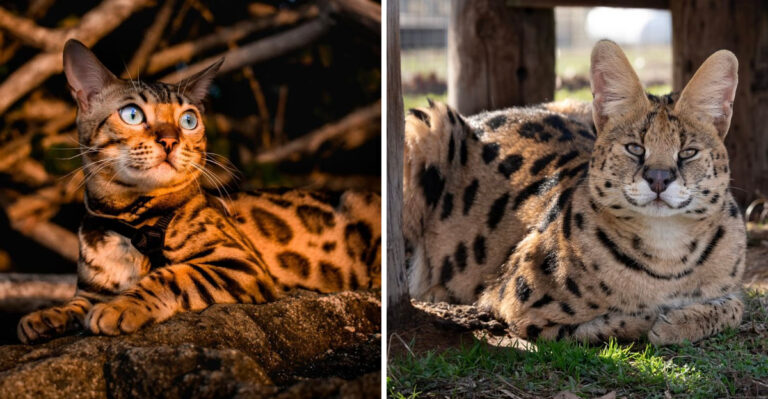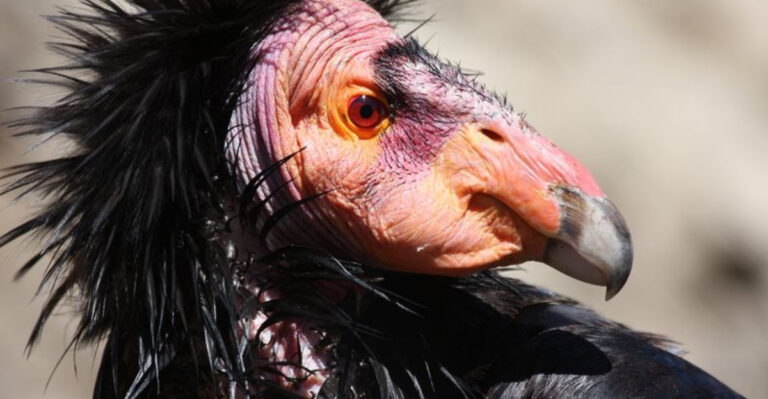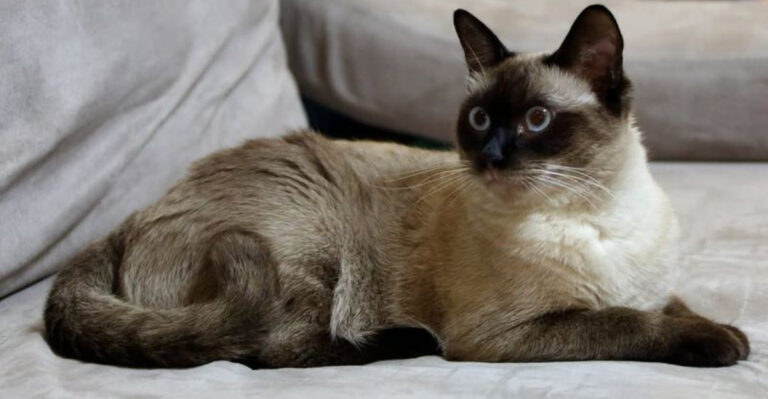14 Plants That Naturally Keep Deer Away From Your Garden
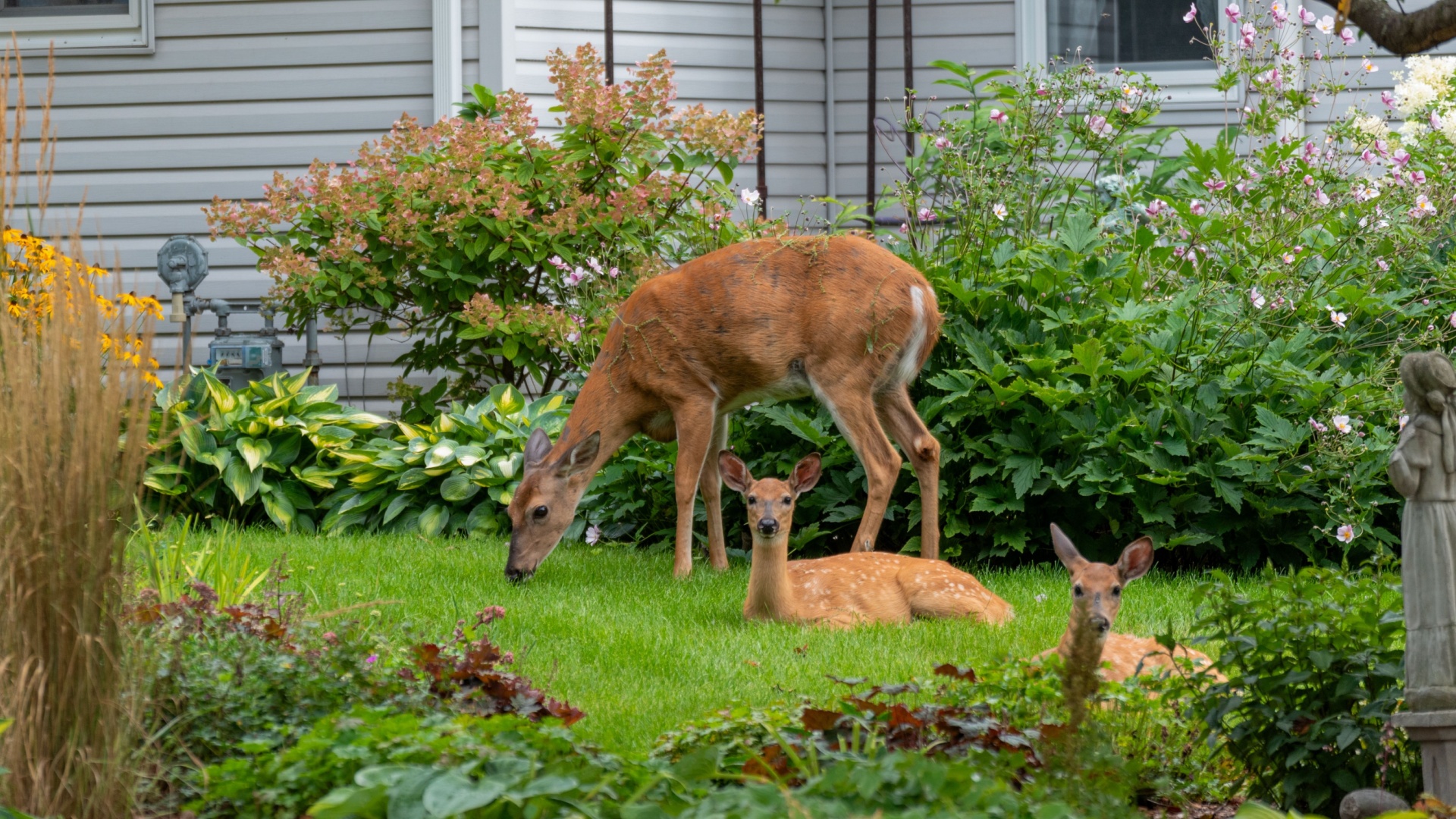
Tired of deer treating your garden like an all-you-can-eat buffet? These graceful creatures might look innocent, but they can destroy months of gardening work overnight.
Fortunately, Mother Nature offers a solution: plants that deer naturally avoid due to their strong scents, textures, or tastes.
Here’s a collection of beautiful, deer-resistant plants that will protect your garden while still keeping it gorgeous.
1. Lavender’s Purple Protection
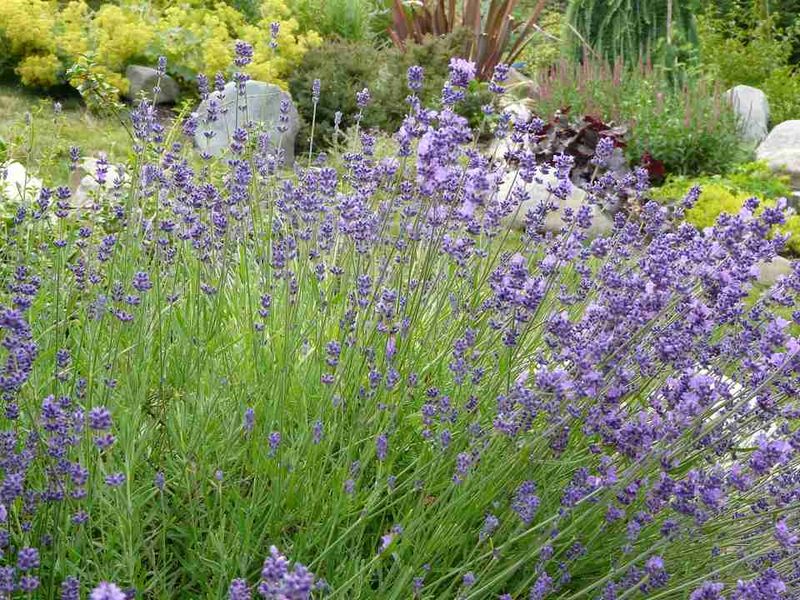
The sweet fragrance we adore actually repels deer with its intense aromatic oils. Lavender thrives in sunny, dry conditions and requires minimal maintenance once established.
Beyond deer protection, you’ll enjoy the calming scent and the bonus of attracting beneficial pollinators to your garden. A true multi-purpose guardian for your outdoor space!
2. Fuzzy Lamb’s Ear
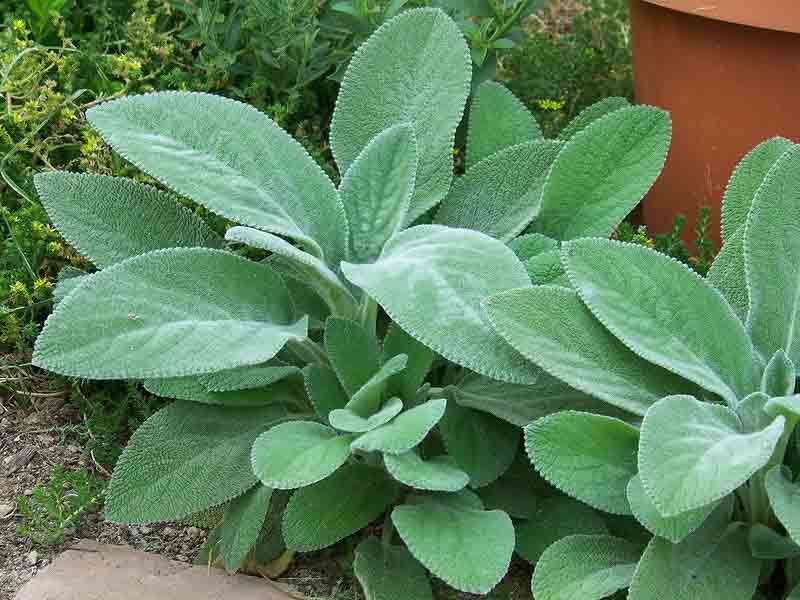
Sporting velvety, silver-gray leaves that feel like a lamb’s ear, this plant’s fuzzy texture is a major turnoff for deer. They avoid the tactile sensation against their sensitive mouths.
Low-growing and drought-tolerant, it creates an attractive ground cover in borders or rock gardens. The soft foliage adds wonderful texture contrast among other deer-resistant companions.
3. Pungent Russian Sage
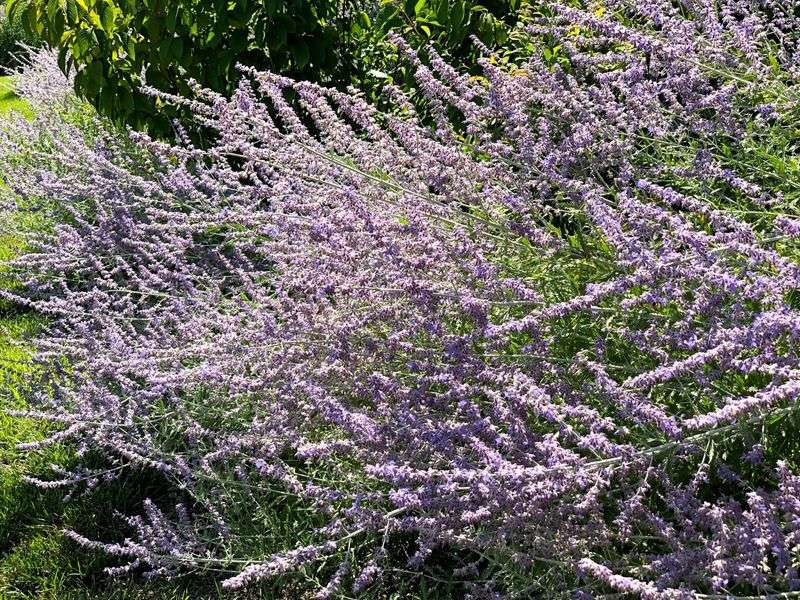
Clouds of tiny lavender-blue flowers hover above silvery foliage, creating a stunning display deer won’t touch. The aromatic leaves contain compounds that smell wonderful to us but repel hungry deer.
Russian sage handles poor soil and drought with ease, making it perfect for challenging garden spots. Its wispy appearance adds an ethereal quality to borders while keeping deer at bay.
4. Spiky Ornamental Grasses
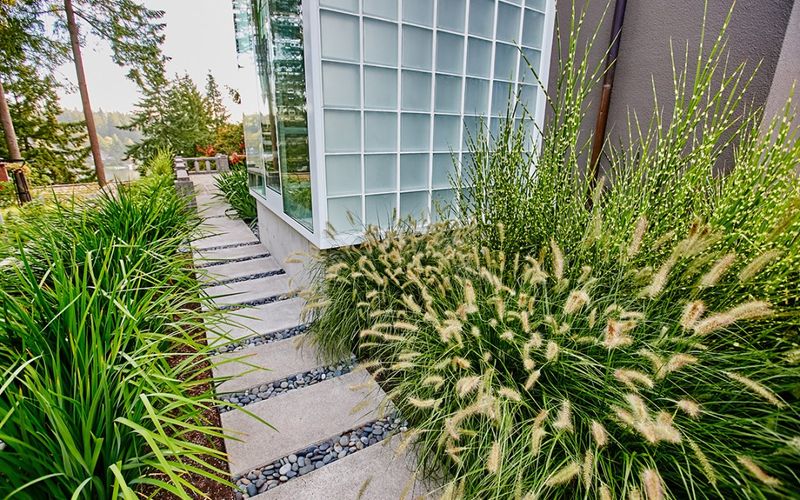
Rustling in the slightest breeze, ornamental grasses create movement while deterring deer with their sharp-edged leaves. Varieties like switchgrass and fountain grass offer year-round interest with minimal care.
Their towering seed heads provide winter food for birds long after summer fades. The varied textures and heights create natural barriers that deer prefer to avoid rather than push through.
5. Aromatic Rosemary
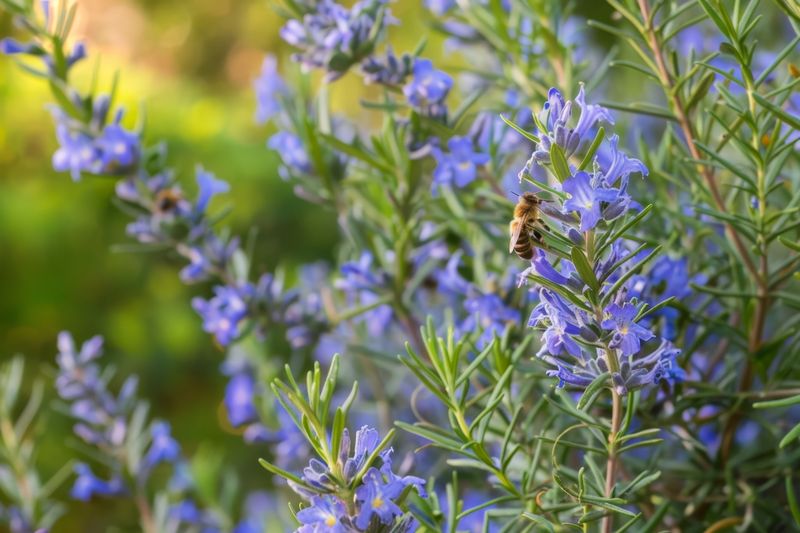
Not just for your kitchen, rosemary’s needle-like leaves pack a potent scent that keeps deer at a distance. Growing into woody shrubs in warmer zones, it offers structure and evergreen presence.
Plant it near pathways to enjoy the fragrance when brushed against. The blue flowers attract pollinators while the strong oils that deter deer also flavor your favorite dishes – talk about pulling double duty!
6. Fragrant Catmint
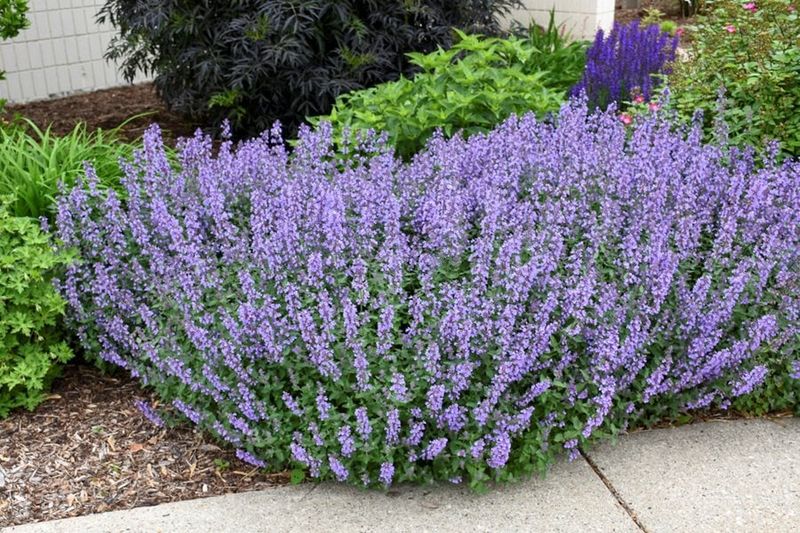
Wafting with minty scent, catmint’s gray-green foliage and lavender-blue flower spikes create a deer-resistant cloud of color. Unlike its cousin catnip, this plant won’t drive your feline friends crazy.
Catmint rebounds quickly after trimming, offering multiple blooming periods throughout summer. Its relaxed growth habit softens garden edges and pathways while the aromatic oils keep browsing deer looking elsewhere.
7. Bold Black-Eyed Susans
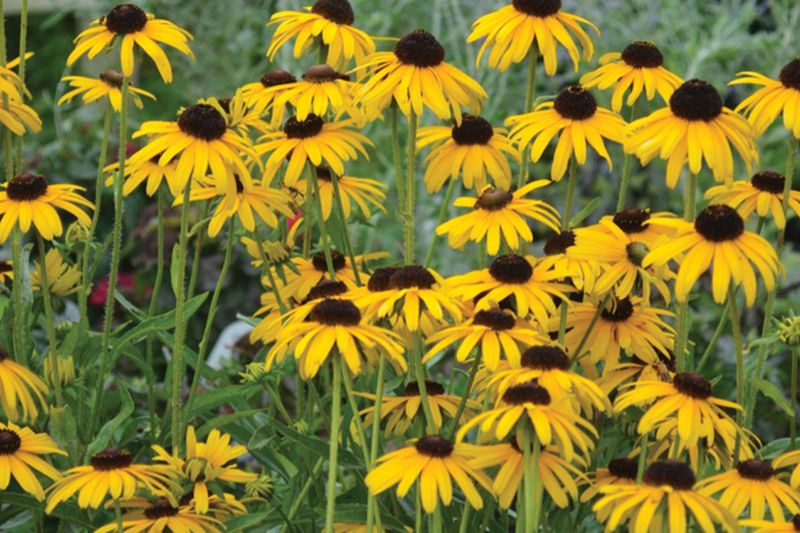
Cheerful golden petals surrounding dark centers make these native flowers garden favorites – but deer turn up their noses at the rough, hairy leaves and stems. The coarse texture irritates their sensitive mouths.
These drought-tolerant bloomers attract butterflies and provide seeds for birds in fall. Their bright presence lights up summer gardens from July through September when many other flowers have faded.
8. Strongly-Scented Boxwood
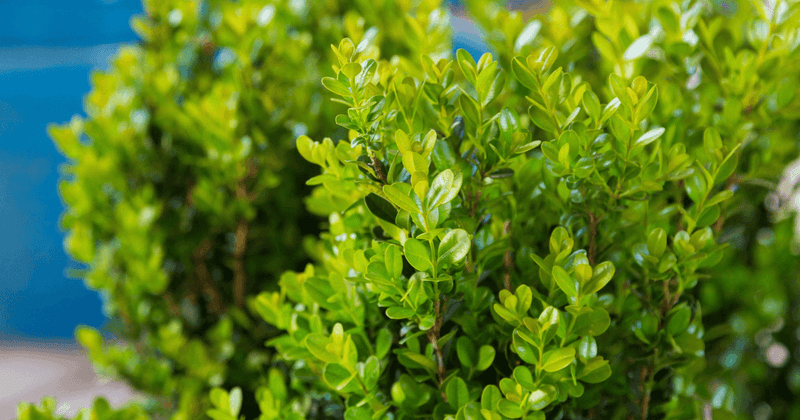
Boxwood’s dense evergreen structure creates classic garden bones while its distinctive scent repels browsing deer. The small, leathery leaves contain alkaloids that taste bitter to wildlife.
Adaptable to sun or partial shade, boxwoods can be shaped into formal hedges or left naturally rounded. Their year-round presence provides structure when other plants go dormant, maintaining deer protection through all seasons.
9. Prickly Globe Thistle
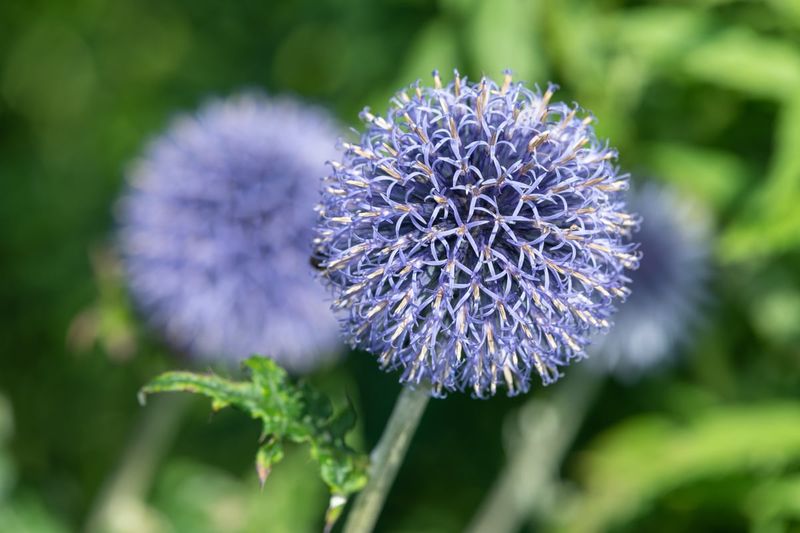
Sporting spherical blue flowers atop silver-green spiny foliage, globe thistle offers architectural interest deer won’t dare munch. The prickly leaves form an effective natural defense system.
These dramatic plants attract beneficial insects while adding unique texture to gardens. Their dried seed heads provide winter interest and can be used in arrangements, giving you multiple seasons of deer-resistant beauty.
10. Fuzzy Yarrow Clusters
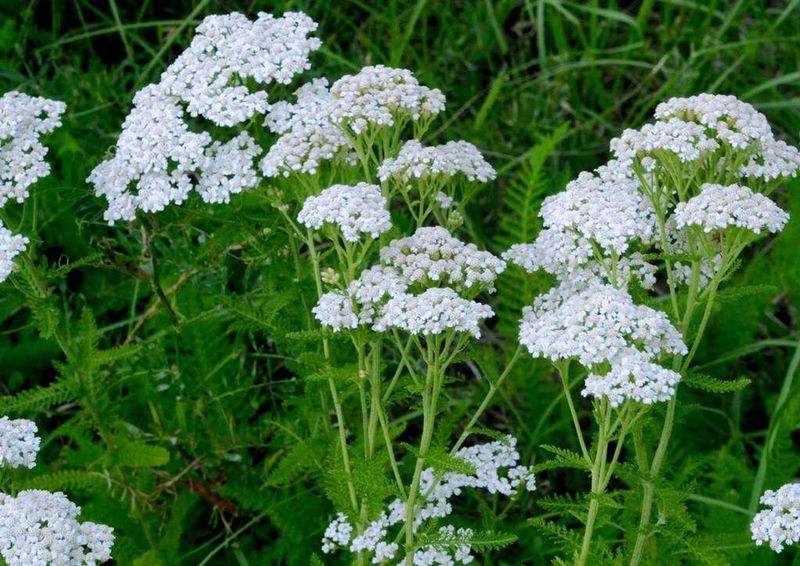
Yarrow’s feathery foliage and flat-topped flower clusters might look delicate, but deer avoid their strong scent and fuzzy texture. Available in shades from white to deep red, they add color while deterring grazers.
Drought-tolerant once established, yarrow attracts butterflies and beneficial insects to your garden. The ferny foliage provides interesting texture even when the plant isn’t blooming, offering year-round deer protection.
11. Fragrant Daffodil Bulbs
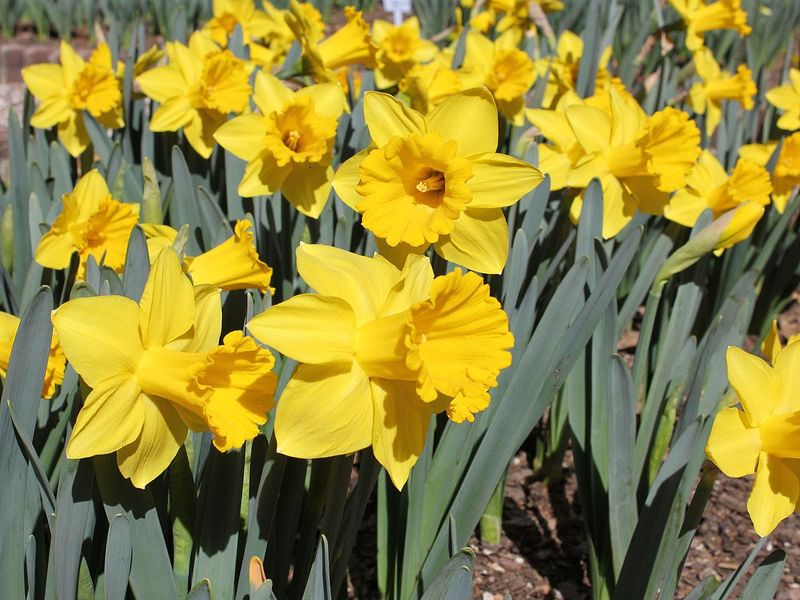
Heralding spring with cheerful blooms, daffodils contain lycorine, a bitter alkaloid that makes deer sick if eaten. They quickly learn to avoid these toxic beauties after just one taste.
Plant daffodils throughout your garden as a first line of defense. Their early emergence trains deer to avoid your space before other plants emerge, establishing boundaries that benefit your entire garden throughout the growing season.
12. Aromatic Salvia Varieties
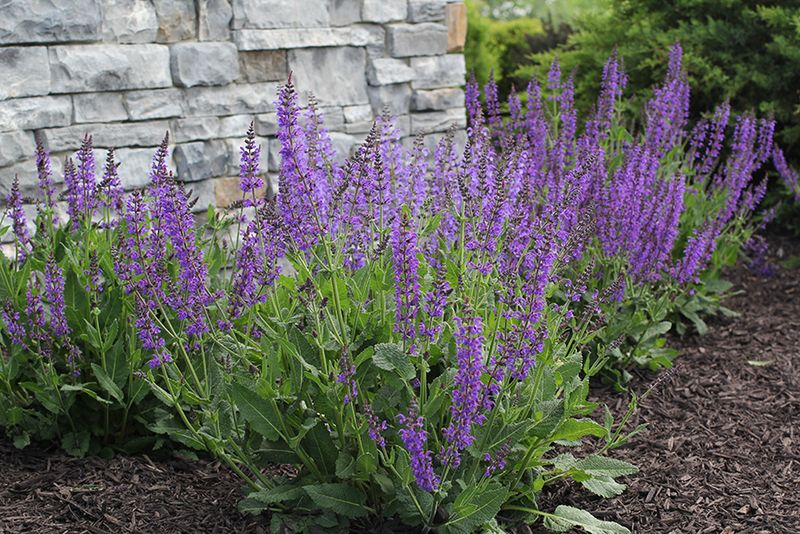
Spikes of purple, blue, or white flowers rise above aromatic foliage deer find repulsive. The sage family contains natural oils that smell pleasant to us but signal “stay away” to hungry deer.
Drought-tolerant and long-blooming, salvias attract hummingbirds and butterflies. Different varieties range from compact to towering, offering options for every garden spot while maintaining consistent deer resistance.
13. Spicy Allium Globes
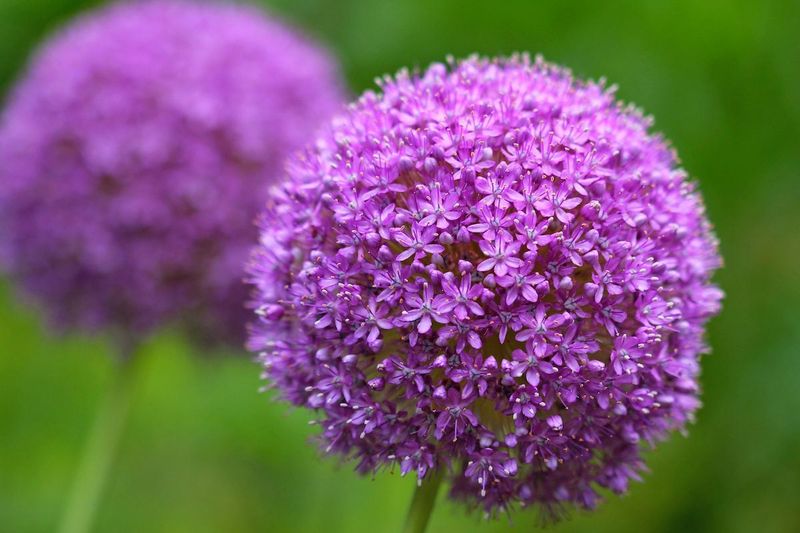
From tiny chive blossoms to volleyball-sized purple globes, alliums’ oniony scent repels deer while delighting human gardeners. Their architectural seed heads provide interest long after blooms fade.
Plant bulbs in fall for spring and summer blooms. The deer-repelling properties extend to nearby plants, creating protective zones in your garden where other more vulnerable flowers can thrive under their pungent guard.
14. Aromatic Bee Balm
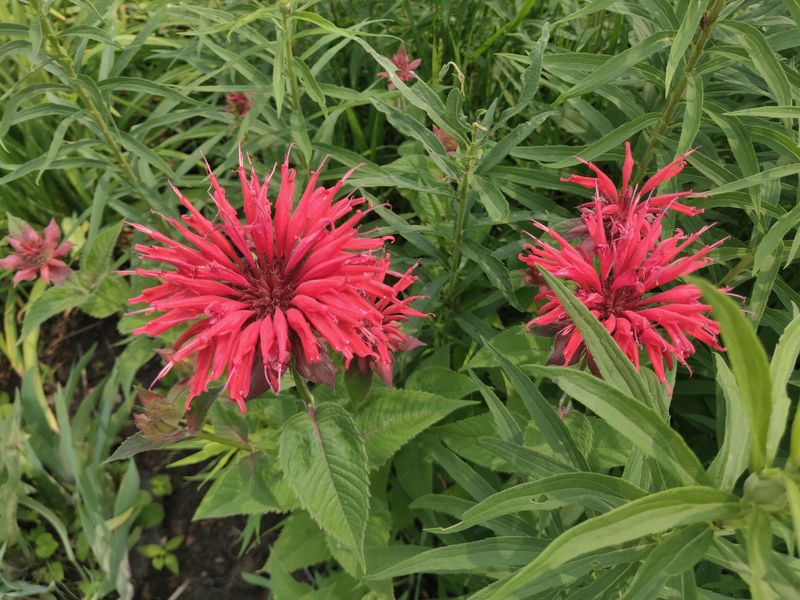
Shaggy, colorful blooms top square stems and mint-scented foliage that deer find overwhelming. Native to North America, bee balm attracts pollinators while naturally protecting your garden from browsing wildlife.
The spicy, citrusy fragrance that deters deer comes from the same compounds that make this herb useful for teas. Its bright flowers in red, pink, or purple create focal points while serving as natural deer deterrents.


